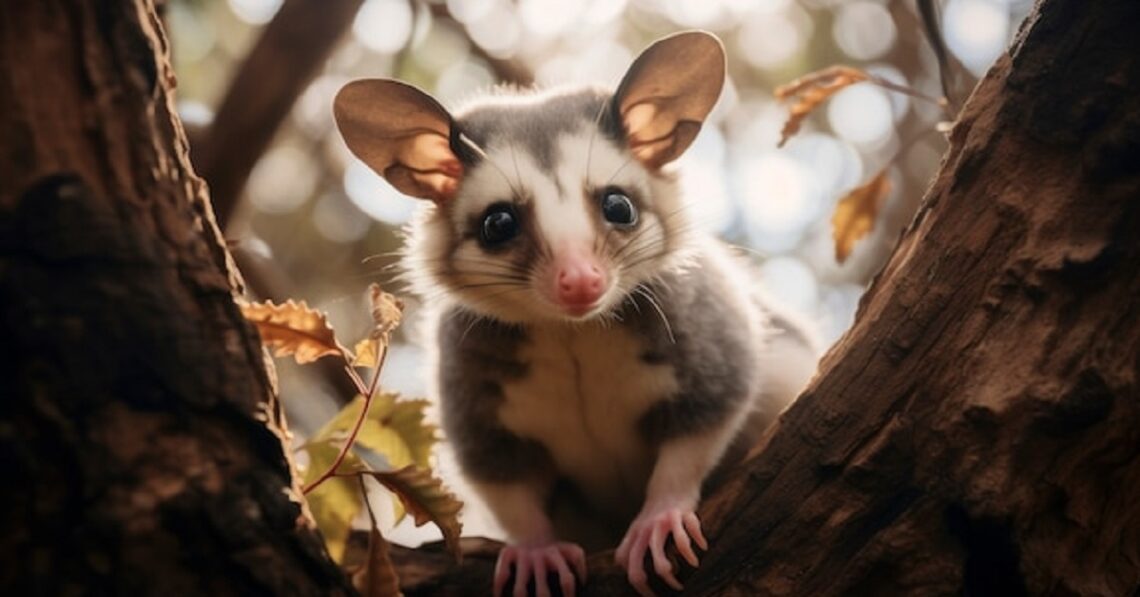Introduction to the Mouse
Mice, scientifically known as Mus, are small rodents belonging to the family Muridae. They are among the most common mammals on Earth, with a rich history dating back millions of years. Despite their diminutive size, mice play significant roles in various ecosystems and have intriguing characteristics that make them fascinating subjects of study.
Characteristics of Mice
Mice are characterized by their small size, typically ranging from 2 to 4 inches in length, excluding their tails, which can add an additional 3 to 4 inches. They have rounded ears, pointed snouts, and long, slender tails. Their fur coloration varies widely, encompassing shades of brown, gray, black, and white.
In terms of behavior, mice are known for their agility and prolific breeding habits. They are primarily nocturnal creatures, exhibiting heightened activity during the night. Mice are also highly social animals, often living in colonies or groups known as mischief.
Habitat and Distribution
Mice are incredibly adaptable and can thrive in a wide range of habitats, including forests, grasslands, deserts, and urban areas. They are found on every continent except Antarctica, showcasing their ability to adapt to diverse environmental conditions.
In natural settings, mice construct elaborate burrow systems underground, providing shelter and protection from predators. In urban environments, they may seek refuge in buildings, basements, and sewers, exploiting human-made structures to their advantage.
Diet and Feeding Habits
Mice are omnivorous creatures with a diverse diet that includes seeds, nuts, fruits, grains, insects, and even small vertebrates. Their feeding habits are characterized by constant nibbling, as they consume small quantities of food throughout the day. This behavior is essential for maintaining their high metabolic rates and energy levels.
Reproduction and Life Cycle
Mice are prolific breeders, with females capable of producing multiple litters each year. Mating behavior is often intense and competitive, with dominant males asserting their dominance over rivals. Gestation periods vary depending on species but generally last around three weeks, after which females give birth to litters of several pups.
Predators and Threats
Despite their small size, mice face numerous threats from predators such as birds of prey, snakes, foxes, and domestic pets like cats and dogs. Human activities, including habitat destruction, pollution, and pest control measures, also pose significant challenges to mouse populations.
Role in Ecosystem
Mice play crucial roles in ecosystem dynamics as both prey and predators. They serve as a food source for many carnivorous animals, helping to maintain balanced predator-prey relationships. Additionally, mice contribute to seed dispersal and soil aeration through their burrowing activities, influencing plant growth and ecosystem health.
Mice and Human Society
Throughout history, mice have had profound impacts on human societies, both positive and negative. In ancient times, they were revered as symbols of fertility and prosperity in some cultures, while in others, they were associated with disease and famine. In modern times, mice continue to influence human activities, particularly in agriculture and biomedical research.
Mice in Science
Mice have long been used as model organisms in scientific research due to their genetic similarity to humans and their rapid reproductive rates. They have contributed significantly to our understanding of genetics, physiology, behavior, and disease mechanisms, leading to groundbreaking discoveries and medical advancements.
Common Misconceptions about Mice
Despite their importance, mice are often misunderstood and subjected to unfair stereotypes. Common misconceptions include viewing them solely as pests or carriers of disease, overlooking their ecological roles and intrinsic value in natural ecosystems.
Conservation Efforts
Conservation efforts aimed at protecting mouse populations and their habitats are essential for maintaining biodiversity and ecosystem balance. These initiatives include habitat preservation, captive breeding programs, and the implementation of sustainable pest control practices.
Interactions with Humans
Human-mouse interactions are complex and multifaceted, ranging from efforts to control pest populations to the domestication of mice as pets. While some view mice as nuisances to be eradicated, others appreciate them for their intelligence, curiosity, and companionship.
Cultural Depictions of Mice
Mice have captured the imagination of humans for centuries and feature prominently in folklore, mythology, and popular culture around the world. They are often depicted as cunning, resourceful, and sometimes mischievous characters in art, literature, and media.
Future Prospects
The future of mice is intricately linked to human activities and environmental changes. As urbanization and habitat destruction continue to accelerate, mice may face increasing challenges in adapting to rapidly changing landscapes. However, with concerted conservation efforts and greater awareness of their ecological importance, mice can continue to thrive alongside humans for generations to come.
Conclusion
In conclusion, mice are remarkable creatures with a rich evolutionary history and diverse ecological roles. From their humble origins to their widespread distribution across the globe, mice have captivated the attention of humans for millennia. By understanding and appreciating the complexities of mouse biology and behavior, we can foster greater harmony between humans and these small yet significant members of the animal kingdom.





